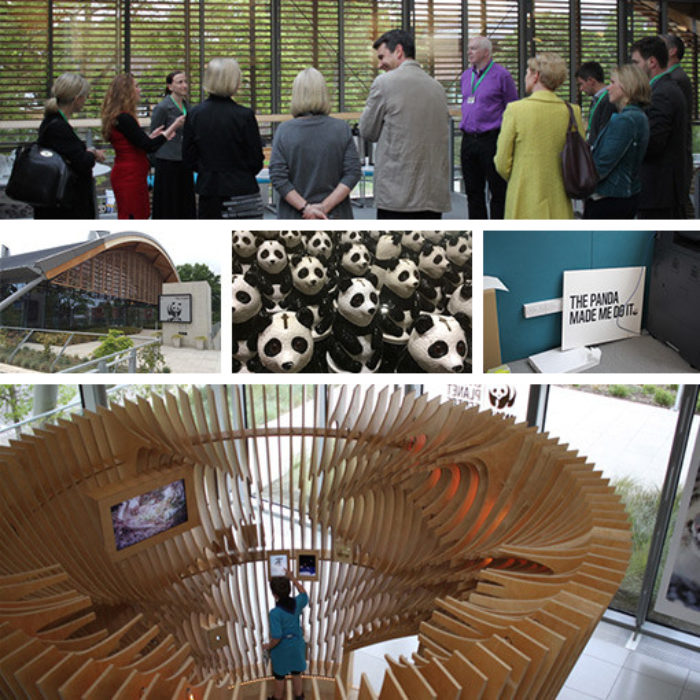New report on the nine characteristics of the human organisation
The workplace is not fit-for-purpose. It is a hangover from the early 20th century. It is a place where humans are resources that need to be ‘herded’ in order to be productive.
This is a world designed to increase the productivity of defined roles. It is simply spelled out by the hugely influential Frederick “Speedy” Taylor, the self-styled ‘Father of Scientific Management’ who said: “It is only through enforced standardization of methods…and working conditions, and enforced co-operation that this faster work can be assured.” His influence continues.
Model employers
This is a working world of compliance, and it leads naturally to workplaces of hierarchy and control. The business model is designed to create a world of absolute clarity of your job description, processes, procedures and reporting lines. It is a world in which people are expected to conform. There is one way of dressing, one way of behaving, one language that is used. The power brokers are the finance director, the procurement director and the company secretary. They are the high priests of control and compliance.
It is also a world of the cubicle. The argument is that space is at a premium. It represents cost per square foot. Your cubicle is the space allocated within a building. The office comes first. You fit into that office. The design is almost deliberately inhuman in order to impress and control. The history of this workplace and its evolution is tracked by Nikil Saval in his book Cubed: A secret history of the workplace.
Current business models are not reflective of our human nature. We are not just individual. We are both individual and social, and our social nature is being overlooked. We are not just a brain. We are a brain and a body. And our senses and our emotions are not being engaged. We don’t just concentrate at work. We collaborate and innovate. We don’t just connect upwards. We connect in many, highly effective, informal networks. We are not just motivated by money, but by many other equally powerful motivators. We don’t want to be confined. We want to share our ideas and have a voice.
Work isn’t working
Only 11% of 1955 Fortune 500 companies are on that list today. To put it another way, just one in ten companies from that era remain in the Fortune 500. The lifespan of companies is also decreasing. The average age of an S&P 500 Index business is down from 60 years in the 1950s to 20 years in 2020. So, what’s the alternative?
The alternative is a human organisation, with a clear purpose, freeing up employees to use their imaginations and skills, connecting with each other and with customers, opening up to new ideas and collaborating to bring their purpose to life.
Already this new, more fully human world of work is emerging. It’s a world that is dramatically different to the traditional model. But what is it and how do you bring it to life in your organisation?
In March, we’ll be releasing a new report defining the nine characteristics of the human organisation in more detail. It will guide you through the biggest change in organisational culture in the last 100 years. To pre-order your copy, just drop a note to Elaine Smith at elaine.smith@corporateculture.co.uk



